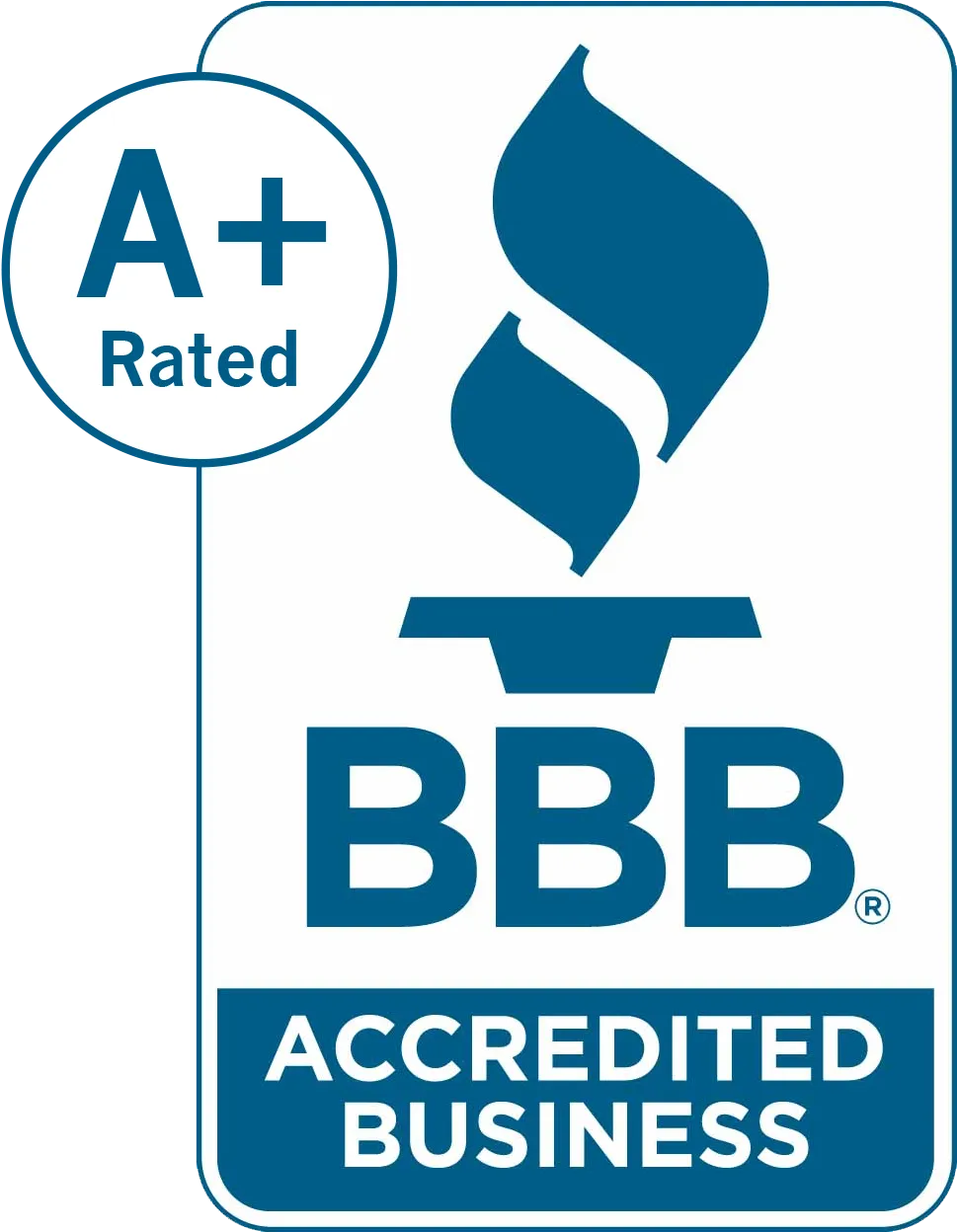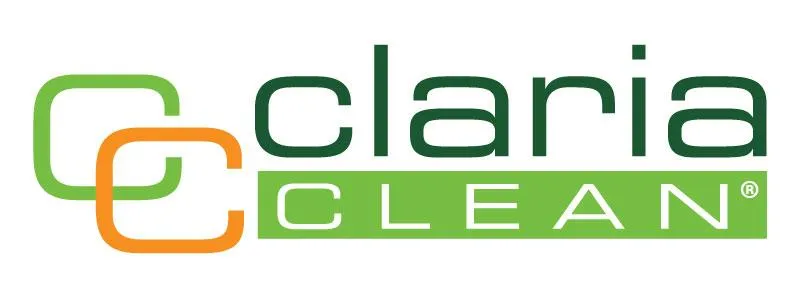Commercial Janitorial Services:
Your Facility's Ultimate Protection
Consistency — Reliability — Expertise
Serving Commercial Clients In:
St. Charles County
St. Louis County
Warren County
Franklin County
Lincoln County
Serving Facilities In:
Healthcare
Specialty Labs
Medical Manufacturing
Industrial Manufacturing
Schools
Government Contractors
Office Buildings
Why Claria Clean? Your Facility Deserves the Best
20+ Years of Proven Excellence: A legacy of trust, quality, and unparalleled service.
Family-Owned, Community-Driven: Local roots, professional standards.
Dedicated Team: Lowest turnover in the industry, ensuring consistent, expert care.
Customized Solutions: Tailored cleaning specifications for every unique space.
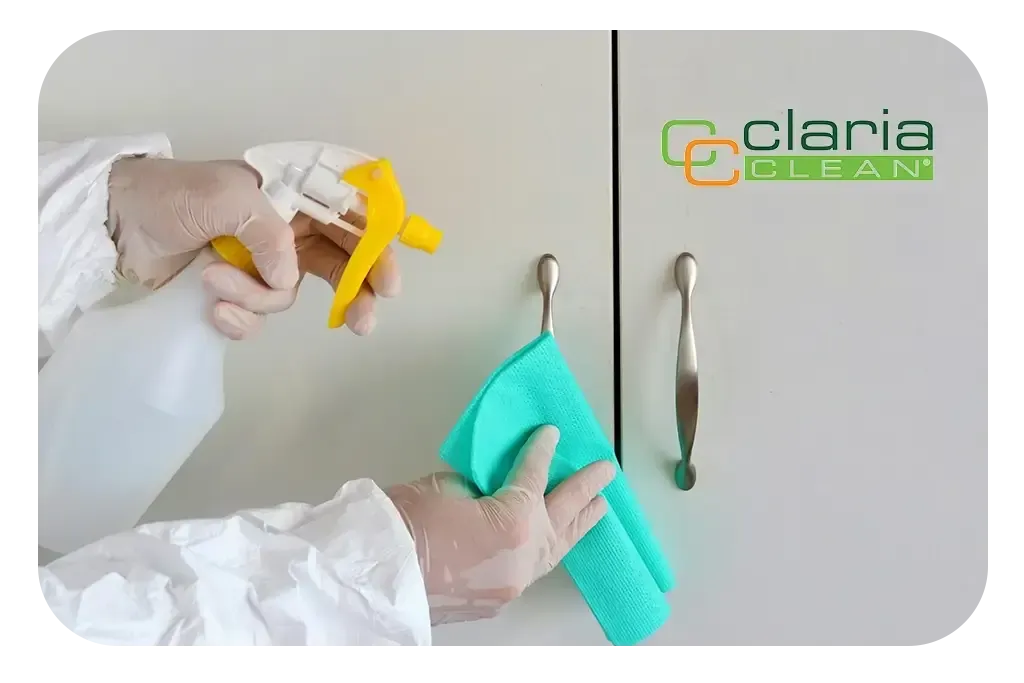
What Our Clients Say
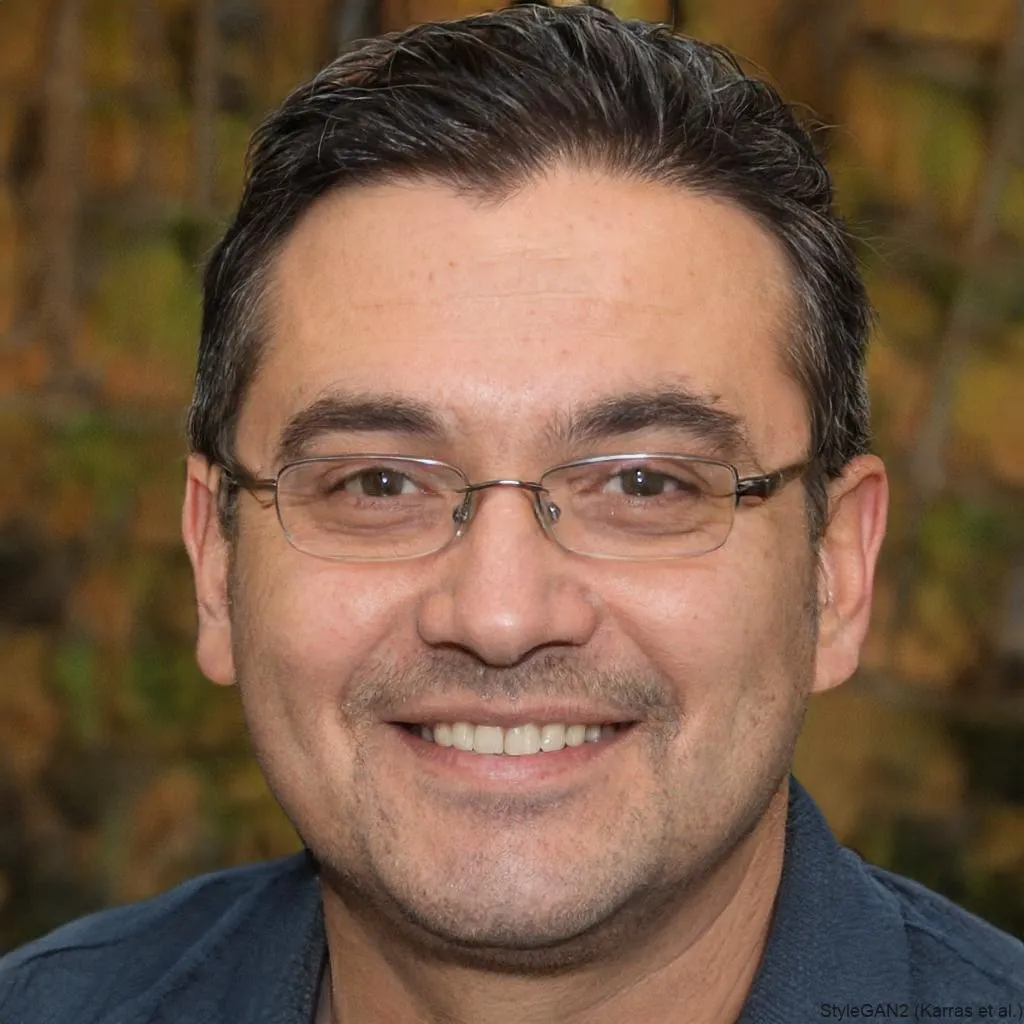
"Claria Clean’s crew is fantastic. They take their time, are thorough, and handle issues quickly. I had almost given up on being able to find a janitorial company that would meet our cleaning needs and be responsive and easy to work with when I found Claria Clean. I’m glad I did.”
- Bill D. Private School Business Manager


"Claria Clean stands out not just for their meticulous cleaning, but for their reliability and attention to detail. They understand the critical importance of infection control, and their team consistently goes above and beyond. They're not just a cleaning service; they're a true partner in maintaining our facility's highest standards."
- John C. Facility Manager

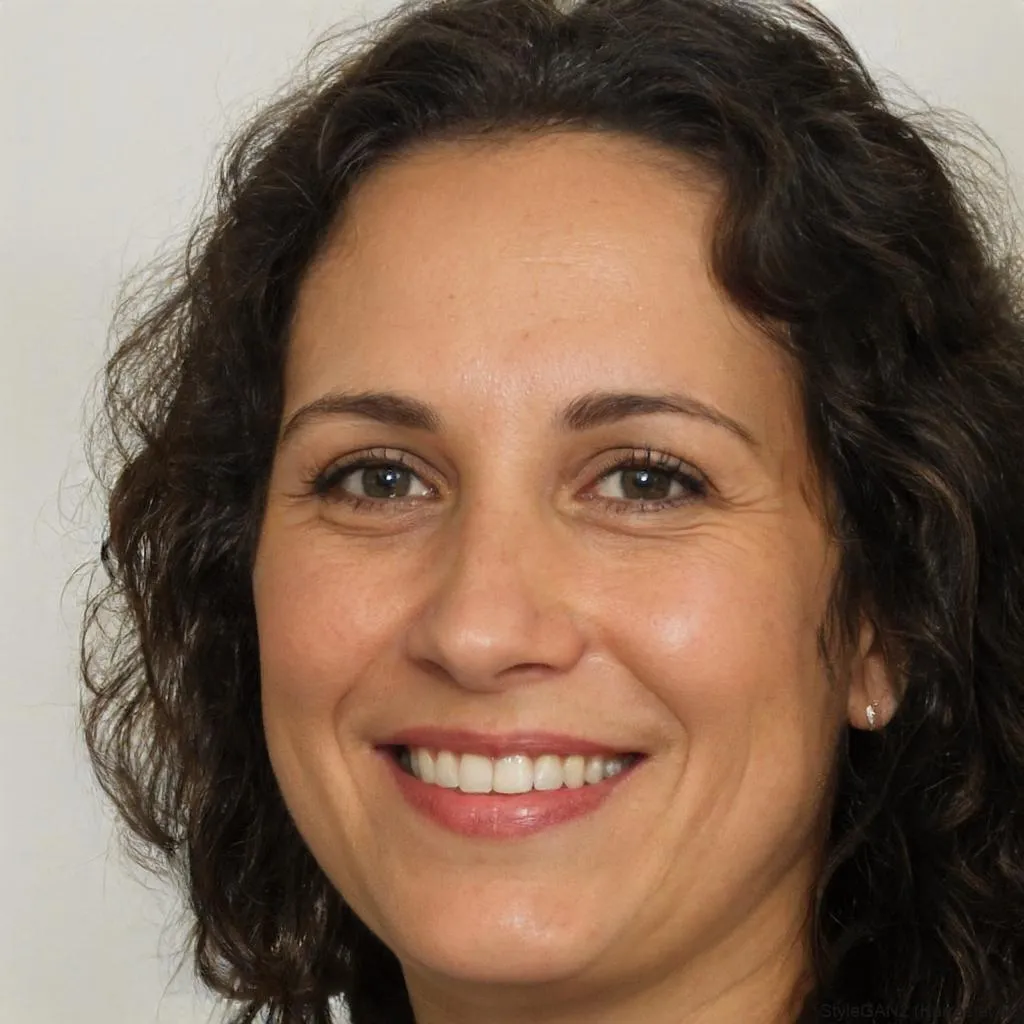
"We've been with Claria Clean for over a decade, and there's a reason we've never looked elsewhere. Their consistency is unmatched. Through economic ups and downs, they've maintained the same high-quality service, the same dedicated team. They're more than a cleaning service - they're a part of our business family."
- Michelle R. Building Manager

Ready to Experience the
Claria Clean Difference?
Contact us today at 636-887-0260 to discuss your specific needs and schedule your first service.
Let us show you the Claria Clean difference!
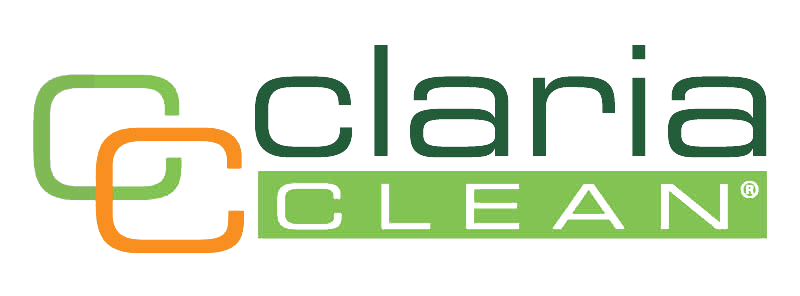
The Claria Clean Standard: Consistency - Reliability - Expertise
© Copyright 2025 Claria Clean I Privacy Policy
